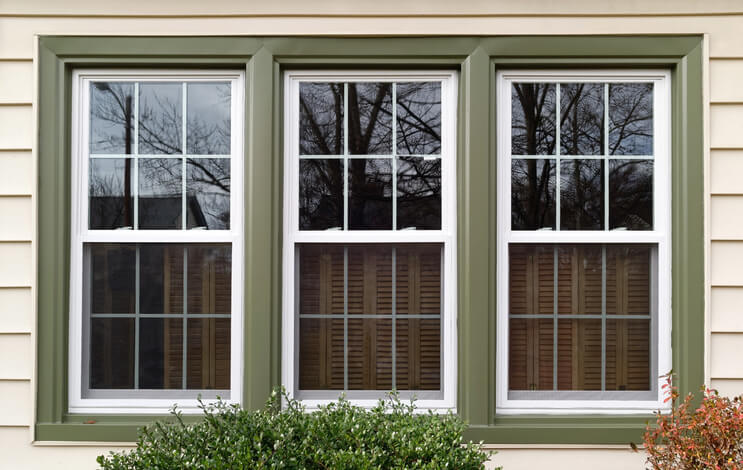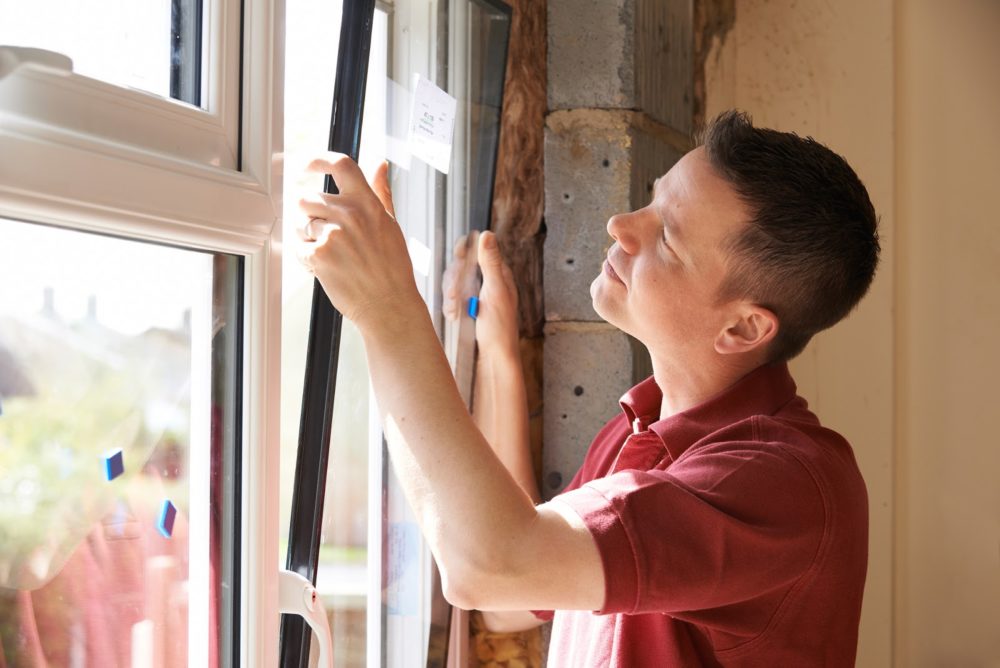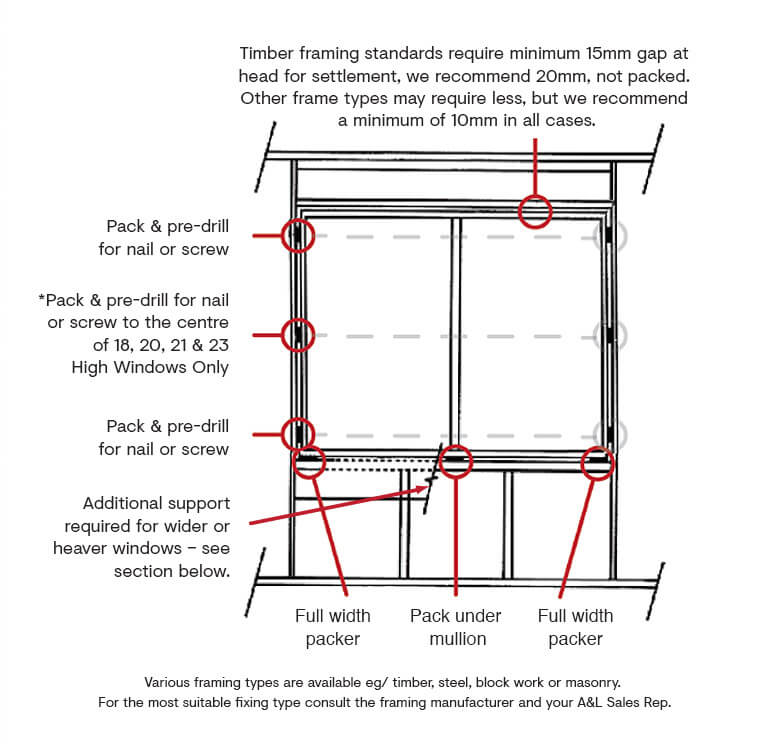
Your home’s windows are more than just portals to the outside world; they’re essential for energy efficiency, security, and curb appeal. Knowing when and how to replace your exterior windows is crucial for maintaining a comfortable and valuable home. This guide will walk you through everything you need to know about replacing your exterior windows, from recognizing the signs to choosing the right type and ensuring proper installation.
Signs You Need to Replace Your Windows
How do you know it’s time for new windows? Here are some key indicators:
- Drafts and Cold Spots: If you feel cold air seeping in, even when your windows are closed, it’s a sign of poor insulation.
- Condensation Between Panes: This indicates a broken seal, rendering the window ineffective.
- Difficulty Opening or Closing: Warped or damaged frames can make windows hard to operate.
- Increased Energy Bills: Old or inefficient windows can lead to significant energy loss.
- Visible Damage: Cracks, rot, or decay are clear signs of needing replacement.
- Faded Furnishings: UV rays can damage furniture and carpets through ineffective windows.
- Noise Pollution: Modern windows offer better sound insulation.
Choosing the Right Type of Windows
Selecting the right windows for your home depends on various factors, including your climate, architectural style, and budget. Here are some common types:
Vinyl Windows
Vinyl windows are popular for their durability, energy efficiency, and low maintenance. They’re resistant to rot, warping, and fading, making them a great choice for many homeowners.
Wood Windows
Wood windows offer a classic and elegant look. They provide excellent insulation but require more maintenance to prevent rot and decay. They also provide a very high level of insulation, and are often selected for older homes where the original look is desired.
Aluminum Windows

Aluminum windows are strong and lightweight, making them suitable for large windows or sliding doors. They’re also resistant to corrosion but may not provide as much insulation as vinyl or wood.
Fiberglass Windows
Fiberglass windows are highly durable and energy-efficient. They’re resistant to warping and cracking, making them a long-lasting option. The material also expands and contracts at a similar rate to glass, which reduces the chance of seal failure.
Understanding Energy Efficiency
When choosing new windows, pay attention to their energy efficiency ratings. Look for the following:
- U-Factor: Measures the rate of heat transfer. Lower U-factors mean better insulation.
- Solar Heat Gain Coefficient (SHGC): Measures how much solar heat enters your home. Lower SHGC values are better for hot climates.
- Visible Transmittance (VT): Measures how much visible light passes through the window.
- Air Leakage (AL): Measures how much air leaks through the window. Lower AL values are better.
Professional Installation vs. DIY
While DIY window installation might seem appealing, professional installation is highly recommended. Professional installers have the expertise and tools to ensure proper sealing and prevent future issues. They also offer warranties on their work, providing peace of mind. A proper installation also ensures that the energy savings that the new windows promise will actually be achieved.
The Installation Process
Here’s a general overview of the window replacement process:
- Measure and Order: Accurate measurements are crucial for a proper fit.
- Remove Old Windows: Carefully remove the old windows and clean the opening.
- Prepare the Opening: Ensure the opening is level and plumb.
- Install the New Window: Secure the window frame and ensure it’s properly aligned.
- Seal and Insulate: Apply sealant and insulation to prevent air and water leaks.
- Finishing Touches: Install trim and ensure everything is properly finished.

Maintaining Your New Windows
Proper maintenance will extend the life of your new windows. Here are some tips:
- Regular Cleaning: Clean the glass and frames regularly with mild soap and water.
- Inspect Seals: Check for any signs of damage or deterioration.
- Lubricate Hardware: Keep moving parts lubricated for smooth operation.
- Touch Up Paint or Stain: For wood windows, touch up any damaged areas to prevent rot.
Investing in Your Home
Replacing your exterior windows is a significant investment, but it offers numerous benefits, including improved energy efficiency, enhanced curb appeal, and increased home value. By understanding the signs, choosing the right type, and ensuring proper installation, you can make a smart and lasting improvement to your home.
By investing in high quality windows, and a high quality installation, you are investing in the long term health, comfort, and value of your home. Do not neglect the quality of your windows!





